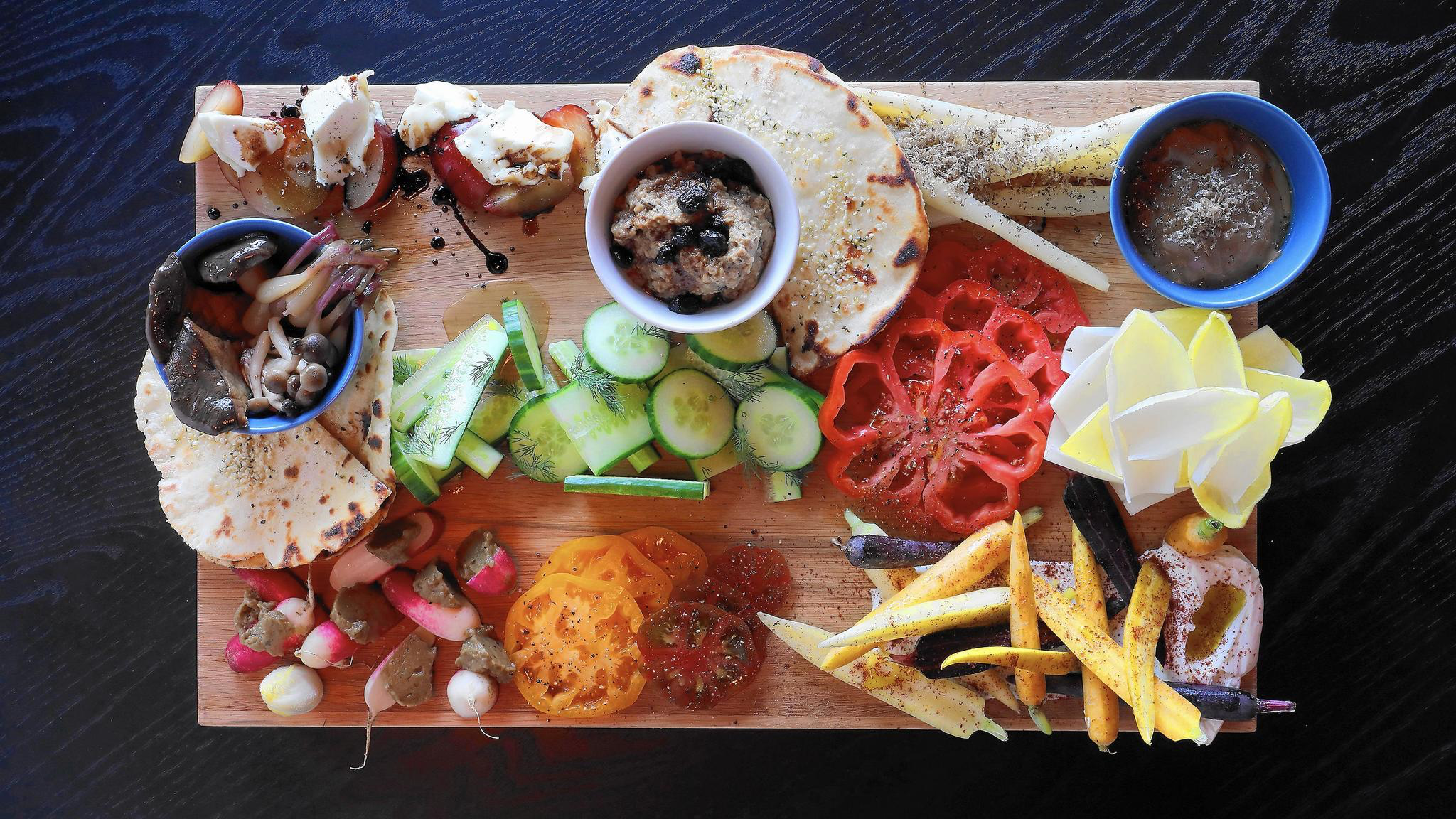
Mom’s Bison Roast
November 3, 2017
A Date with Tea
November 15, 2017How Eating Habits Have Evolved Over the Generations
Over the years, eating habits have changed from one generation to the next. Many of these changes are due to new food trends, popular diets, convenience foods, and eating behaviors. Let’s take a look at eating over the ages.
Traditionalist (Before 1946)
Before 1946, in the traditionalist era, most people’s diets were made up of simple, traditional foods like meat and potatoes. Typically, meals were made at home from scratch and there were no convenience routes. This generation found a balance of eating for energy and eating for enjoyment. They didn’t think too hard about it and made the act of eating simple.
Baby Boomer (1946-1964)
The baby boomer diet was made up of mostly the same foods as traditionalists but with a “twist.” Sweet potatoes were introduced and meats were prepared in new ways such as pulled chicken and shredded beef. In 1952, the first Kentucky Fried Chicken opened and in 1955 the first McDonald’s was launched. Partially hydrogenated fats (trans-fats) were being added to products to replace “harmful” saturated fats, improve taste, lower cost, and increase shelf life.
Generation X (1965-1979)
This is the generation that started eating for flavor and convenience. The world of fast food was taking off and trans-fats were in everything from canned soups to candy bars. New products and brands were hitting grocery store shelves fast. This generation was the first to be introduced to “TV dinners,” hamburger helper, and frozen meals like pot pies and Stouffer’s Mac & Cheese. This is also where packaged foods like potato chips (Charlie’s Chips) and Snicker’s bars became popular. People were using Crockpots and electric skillets to make cooking easier and faster.
Millennials (1980-1995)
This is when ethnic foods like Chinese, Mexican, Thai, and Indian became popular. This generation was open to trying new foods, flavors and cuisines and placed high value on the “experience” of dining.
Generation Edge (After 1995)
Although, this generation ranks taste as number one, they do place importance on healthy and fresh. They enjoy veggie-centric dishes and prefer plant-based eating. This generation desires to know where their food comes from and will pay a higher price for local, natural, and organic food. They don’t settle for cheap and they place high value on quality. They tend to look at the ingredient list versus the nutrition facts panel and try to avoid artificial flavors, colors, preservatives or anything they can’t pronounce.
From Healthy 1.0 to Healthy 3.0
According to DATASSENTIAL, a market research company specializing in food and flavor trends, healthy food continues to evolve over the generations and the word “healthy” has taken on a whole new meaning.
Healthy 1.0: Weight Management
In the 1980’s to early 2000’s, lower was better and food restriction was thought to lead to weight loss. Low-fat, low-calorie, and low-carb products were thought to help people lose weight and stay fit.
Healthy 2.0: Feel Good
In the early 2000’s the shift was made to more of a natural way to think about eating. Local and organic were the new buzzwords and “natural” foods started to fill store shelves. These foods were thought to have a “feel good” quality and consumers associated these as “healthier.”
Healthy 3.0: Functional
Starting in the early 2010’s consumers made the switch from eating foods that made them feel good, to eating foods for the “functional” benefits. Functional foods include those whose benefits go above and beyond eating. The functional philosophy was more about eating certain foods for purpose versus pleasure. Foods that provide energy, antioxidants, detoxification, heart health, mental focus, cancer prevention, metabolism, and beauty are identified as “functional.” It’s a “food as medicine” way to think about eating.
Examples of Functional Foods
- Flaxseeds, chia seeds, and omega 3s for heart health
- Kombucha for digestive health
- Sprouted grains for better vitamin and mineral absorption
- Ghee for cognitive focus
- Coconut oil for metabolism and brain health
- Bee pollen for immune system and allergies
- Turmeric for pain and inflammation
- Charcoal juice for cleansing and detoxification
- Spirulina/chlorella for energy and cancer prevention
What Can You Expect to See with Future Generations?
Current trends show that consumers take “bits and pieces” of each generation’s eating habits, to keep the food experience new and exciting.
Today, “mindfulness” is a popular concept across all generations. Mindfulness simply means you are paying attention to your life on purpose with more awareness and compassion. This concept can also be applied to eating behaviors, which involves paying attention to your eating on purpose, and being aware of how much and often you indulge. Also, known as “mindful eating.”
With all the noise, information, and diets out there, consumers have latched onto this “mindful eating” approach to food. It allows consumers to eat in a way that makes them feel healthy and happy. Rather than using science to drive eating choices, consumers are now starting to realize that their intuition or common sense may be the most impactful and easiest way to think about eating. It seems mindful eating is a concept consumer’s trust—and it is a concept that may be here to stay.
Food As An Experience
Based on the history of past generations and current foods trends, food must be used as an “experience” to connect with new generations.
In 2015, the FDA ruled that trans-fat was not “generally recognized as safe” and could no longer be added to food after June 18,2018. The “harmful” saturated fat claims have been debunked and are now thought to have metabolism boosting benefits. Consumers are continuing to demand and request healthier items and consumers are now seeing grocery stores and restaurants meet those demands. By 2018, trans fat will be banned from our entire food supply. Check out Panera’s No No list below.

This Vegetable Crudité from the restaurant, Clever Rabbit comes on a wooden board that is the size of a small table, and every inch is covered with veggies, spreads and sauces. This platter includes bowls of smoked mushroom mousse topped with truffle, eggplant agrodolce dotted with raisins, and trumpet mushroom conserva; smears of goat cheese and labneh; rounds of hempseed naan; and stacks of finger-food veggies, some raw, some pickled sprinkled with dill and a perfectly untidy pile of heirloom carrots in different, vibrant hues.
Bottom line is that food is our universal language. There is no better way to bring people together than through shared meals and conversation. Food and eating are here to stay.










